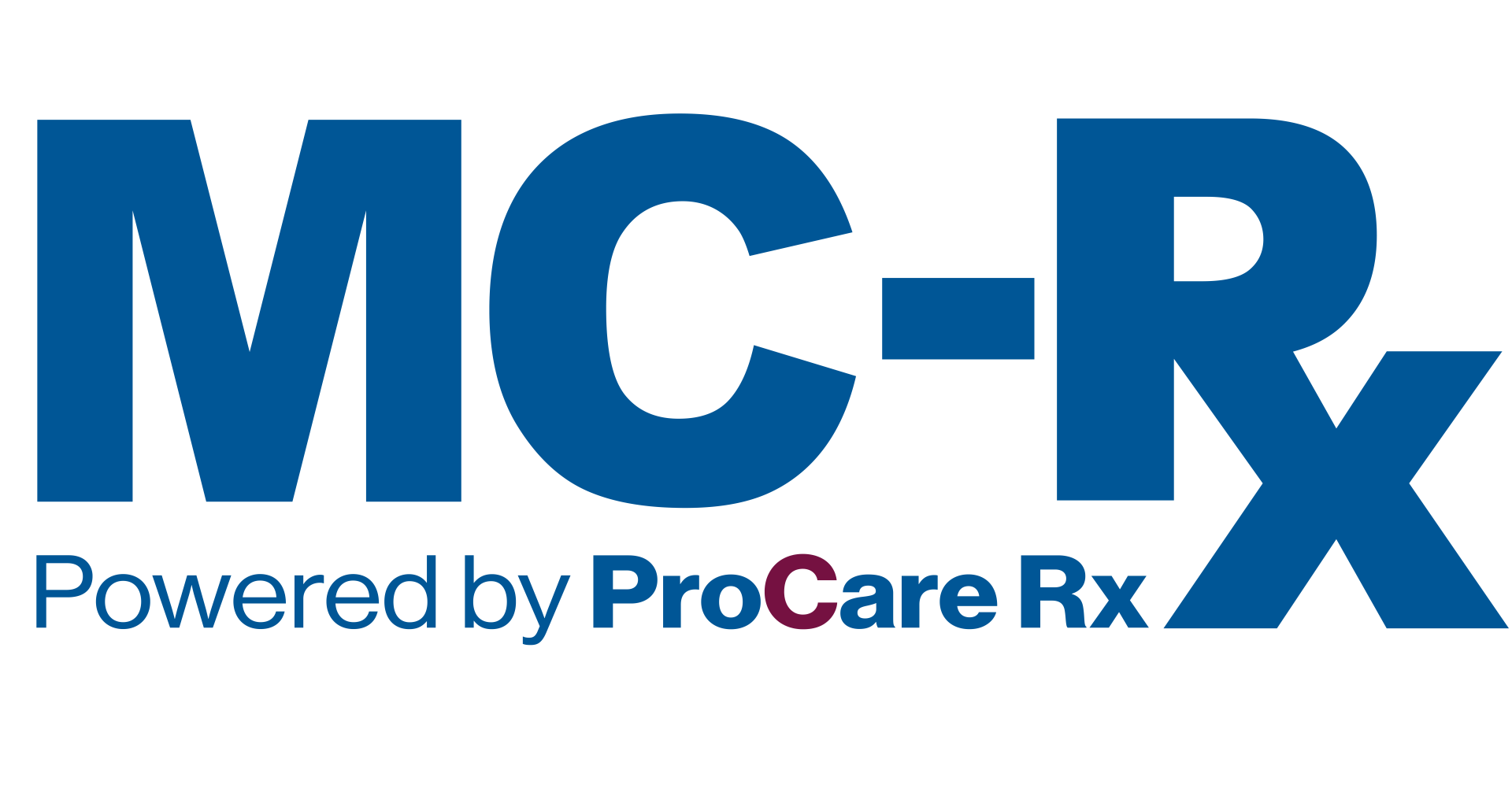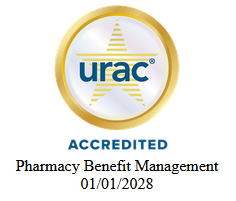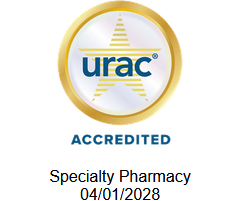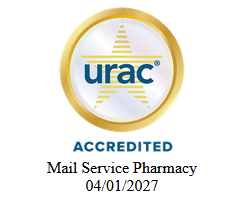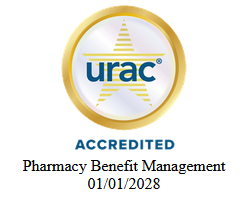Heart Failure and Common Drug Treatments
What is heart failure?

Heart failure occurs when the heart is not able to supply sufficient oxygen-rich blood to the body because of the impaired ability of the heart to either fill or eject blood.
What Causes Heart Failure?
In the U.S., most cases are due to damage from a heart attack or from long-standing uncontrolled hypertension. Heart failure is commonly classified by what caused it as:
• Ischemic heart failure: caused by decreased blood supply, such as from a myocardial infarction (commonly known as a heart attack).
• Non-ischemic heart failure: caused by long-standing uncontrolled hypertension.
• Other less common cases include: valvular disease, excessive alcohol intake, or illicit drug use.
There are two main types of heart failure. They are defined based on whether the “ejection fraction” (which indicates how well the left ventricle is able to pump) is reduced or preserved:
• In heart failure with reduced ejection fraction, the heart is too weak. When the heart pumps, it doesn’t squeeze normally. • Also called systolic heart failure
• In heart failure with preserved ejection fraction, the heart is too stiff. When the heart pumps, it doesn’t relax and refill with blood normally. • Also called diastolic heart failure
Which are the most common heart failure symptoms?
• Shortness of breath - which might require you to cut back on your normal activities and/or sleep with several pillows to elevate your head
• Feeling tired or fatigued quickly
• Weakness, particularly of the legs, when exercising
• Lightheadedness or dizziness
• Rapid heart rate, even while resting
• Swelling in the lower legs and feet (edema) or in the abdomen (ascites)
• Unintentional weight loss (in severe heart failure)
How can we treat heart failure?
Currently there are many drug treatments that are used to treat heart failure and other cardiovascular diseases. Most of these treatments reduce your risk of having a heart attack, control high blood pressure, lower cholesterol, or improve cardiac output. The goal is to relieve symptoms; reduce the chances that you will develop complications; and slow, stop, or reverse the progression of the underlying process.
When making the decision with your healthcare provider to begin a new treatment, review your insurance plan formulary to verify the drug treatment is covered. Sometimes drug treatments can be subjected to different containment strategies in order to confirm their proper use. Contact your insurance provider if you have any doubt on the coverage of a drug therapy.
References:
1. 2017 ACC/AHA/HFSA Focused Update of the 2013 ACCF/AHA Guideline for the Management of Heart Failure: A Report of the American College of Cardiology/American Heart Association Task Force on Clinical Practice Guidelines and the Heart Failure Society of America
2. 2016 ACC/AHA/HFSA Focused Update on New Pharmacological Therapy for Heart Failure: An Update of the 2013 ACCF/AHA Guideline for the Management of Heart Failure: A Report of the American College of Cardiology/American Heart Association Task Force on Clinical Practice Guidelines and the Heart Failure Society of America



